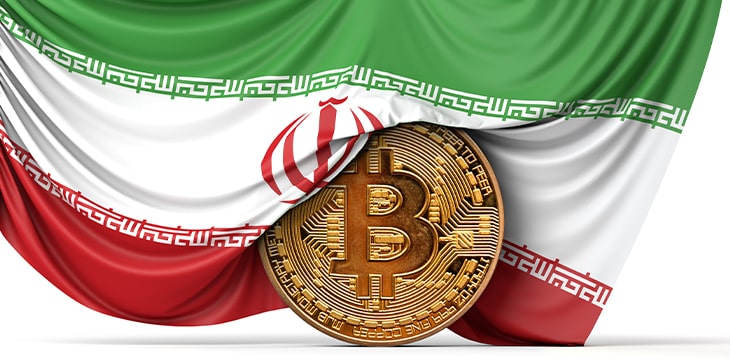|
Getting your Trinity Audio player ready...
|
Iran could become the latest country to launch its central bank digital currency (CBDC). The country’s national bank is issuing a series of regulations to commercial banks that pave the way for the issuance of a crypto-rial.
The new rules, seen by way2pair.ir, reveal details about the minting, distribution and redemption of the crypto-rial. They dictate that only the Central Bank of Iran (CBI) has the authority to mint the digital currency and has the discretion to decide its maximum supply.
The Iran Chamber of Commerce, Industries, Mines, and Agriculture made a separate announcement on the crypto-rial, noting that the CBDC would be issued on a permissioned distributed ledger technology (DLT) network “consisting of authorized financial institutions and capable of implementing smart contracts.”
The mention of smart contracts sets the crypto-rial apart from many other digital currencies. While some other CBDCs may have been designed with smart contract functionality, not many central banks have made them a focus of their efforts. It also means that Iranian commercial banks will be able to provide some new financial products automated through smart contracts or even upgrade some existing services, enhancing efficiency and even cutting costs.
As the Chamber notes, the CBI will have the authority to decide who participates in its DLT ecosystem and in what capacity. It will also be able to regularly assess the impact that the crypto-rial has on the economy and adjust supply accordingly.
However, the bank’s rulebook doesn’t say anything about the digital wallets through which consumers will be able to access the digital currency, nor the associated transaction fees. It also doesn’t delve into related issues like security and privacy, with the latter becoming a bone of contention in the development of most CBDCs globally.
As the CBI pursues a crypto-rial, interest in digital currencies in the Middle Eastern country has soared in recent years. According to a February report, there were over a million traders in Iran, with the daily trading volume hitting over 50 trillion rials ($200 million). The report claimed that most of the traders had formerly traded stocks at the Tehran Stock Exchange but had fled the equities market after a big dip in the value of most Iranian stocks.
To learn more about central bank digital currencies and some of the design decisions that need to be considered when creating and launching it, read nChain’s CBDC playbook.
Watch: CoinGeek New York panel, Bitcoin & Blockchain – Can Real Value Come from Real Utility?

 12-26-2025
12-26-2025 




